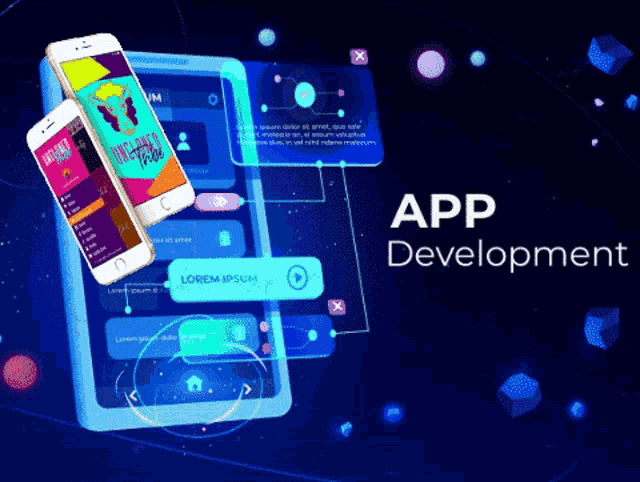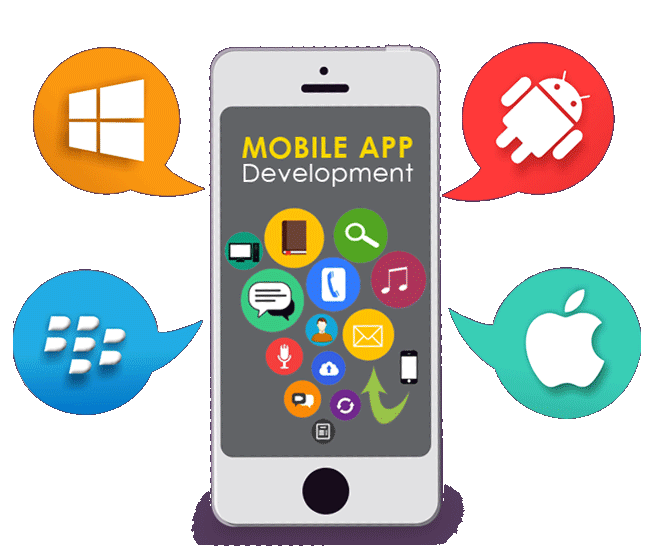Android App development
Android software development is the process by which applications are created for devices running the Android operating system. Google states that "Android apps can be written using Kotlin, Java, and C++ languages" using the Android software development kit (SDK), while using other languages is also possible. All non-JVM languages, such as Go, JavaScript, C, C++ or assembly, need the help of JVM language code, that may be supplied by tools, likely with restricted API support. Some programming languages and tools allow cross-platform app support (i.e. for both Android and iOS). Third party tools, development environments, and language support have also continued to evolve and expand since the initial SDK was released in 2008. The official Android app distribution mechanism to end users is Google Play; it also allows staged gradual app release, as well as distribution of pre-release app versions to testers.


IOS App development
iOS is a mobile operating system created and developed by Apple Inc. exclusively for its hardware. It is the operating system that powers many of the company's mobile devices, including the iPhone and iPod Touch; it also powered the iPad until the introduction of iPadOS, a derivative of iOS, in 2019. Put simply, iOS is the mobile operating system that Apple uses for its iPhones. Until recently, it was also used on iPads (and still sort of is). iOS runs on all models of iPhones and its primary rival is Google's Android.You can check which version of iOS you have on your iPhone, iPad, or iPod touch via the Settings app. To do so, navigate to Settings > General > About. You'll see the version number to the right of the “Version” entry on the About page. In the screenshot below, we have iOS 12 installed on our iPhone.iOS 1. Apple's first-ever touch-centric mobile operating system was announced on Jan. 9, 2007 when former CEO Steve Jobs introduced the iPhone. The OS was never officially recognized, but Jobs called it 'software' that runs a mobile version of Apple's desktop OS X.
Android software development
Until around the end of 2014, the officially-supported integrated development environment (IDE) was Eclipse using the Android Development Tools (ADT) Plugin, though IntelliJ IDEA IDE (all editions) fully supports Android development out of the box, and NetBeans IDE also supports Android development via a plugin. As of 2015, Android Studio, made by Google and powered by IntelliJ, is the official IDE; however, developers are free to use others, but Google made it clear that ADT was officially deprecated since the end of 2015 to focus on Android Studio as the official Android IDE. Additionally, developers may use any text editor to edit Java and XML files, then use command line tools (Java Development Kit and Apache Ant are required) to create, build and debug Android applications as well as control attached Android devices (e.g., triggering a reboot, installing software package(s) remotely)

Android Open Accessory Development Kit
The Android 3.1 platform (also backported to Android 2.3.4) introduces Android Open Accessory support, which allows external USB hardware (an Android USB accessory) to interact with an Android-powered device in a special "accessory" mode. When an Android-powered device is in accessory mode, the connected accessory acts as the USB host (powers the bus and enumerates devices) and the Android-powered device acts as the USB device. Android USB accessories are specifically designed to attach to Android-powered devices and adhere to a simple protocol (Android accessory protocol) that allows them to detect Android-powered devices that support accessory mode.

